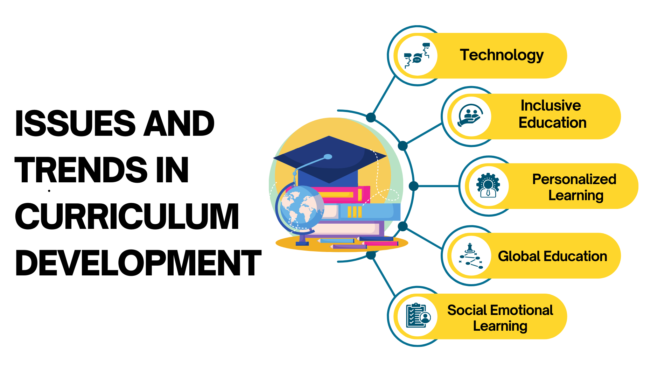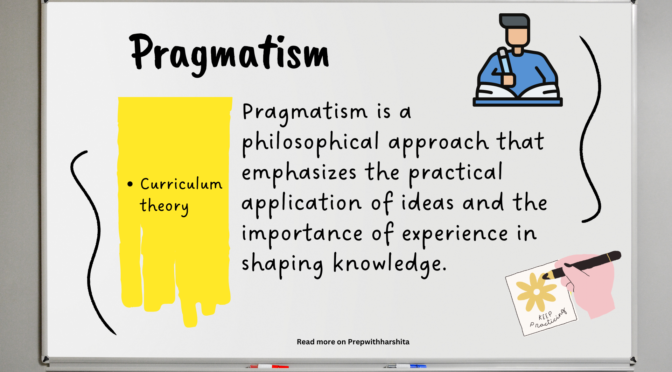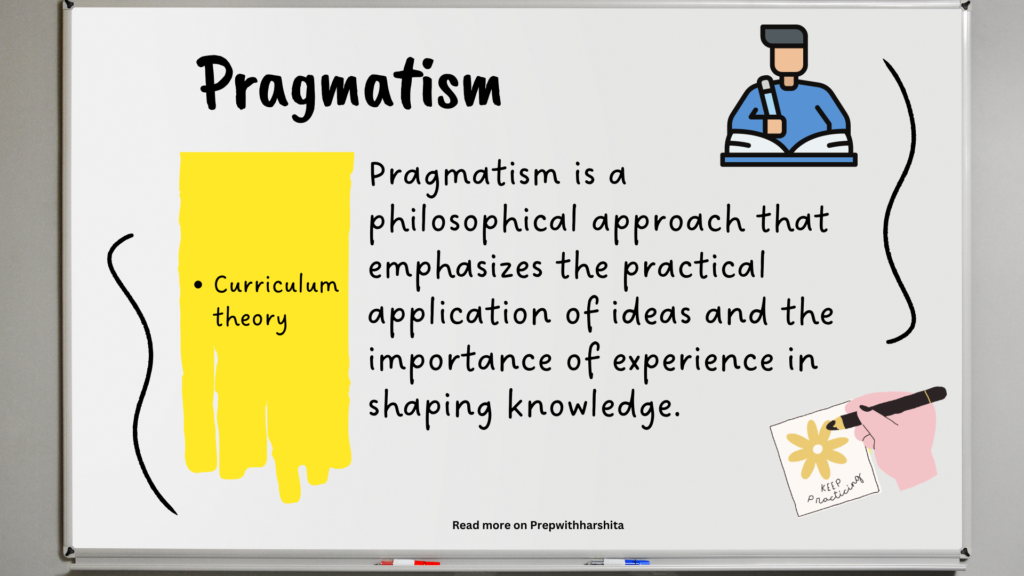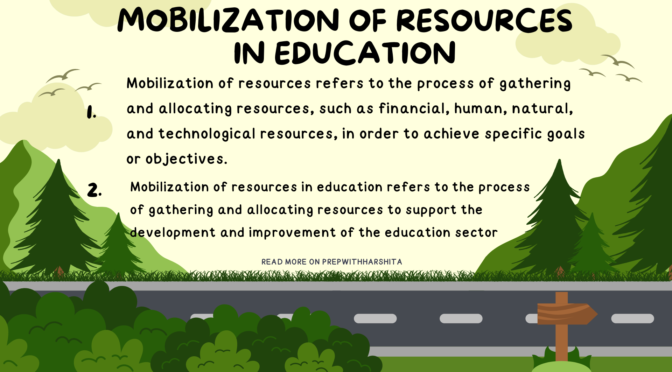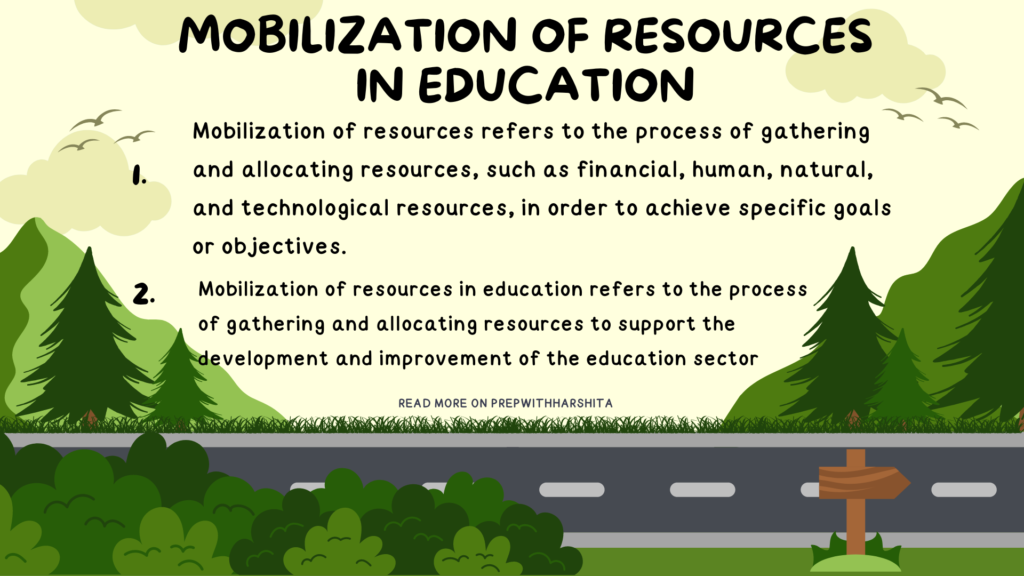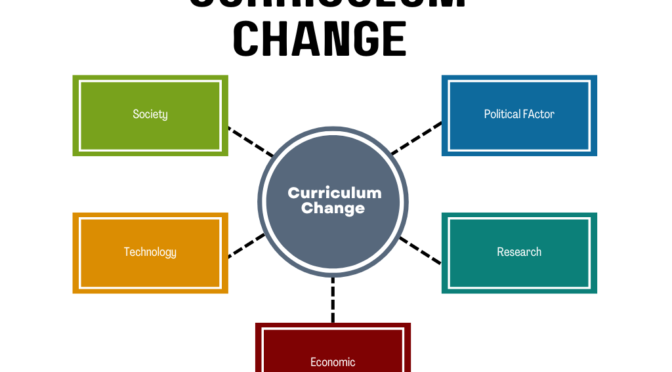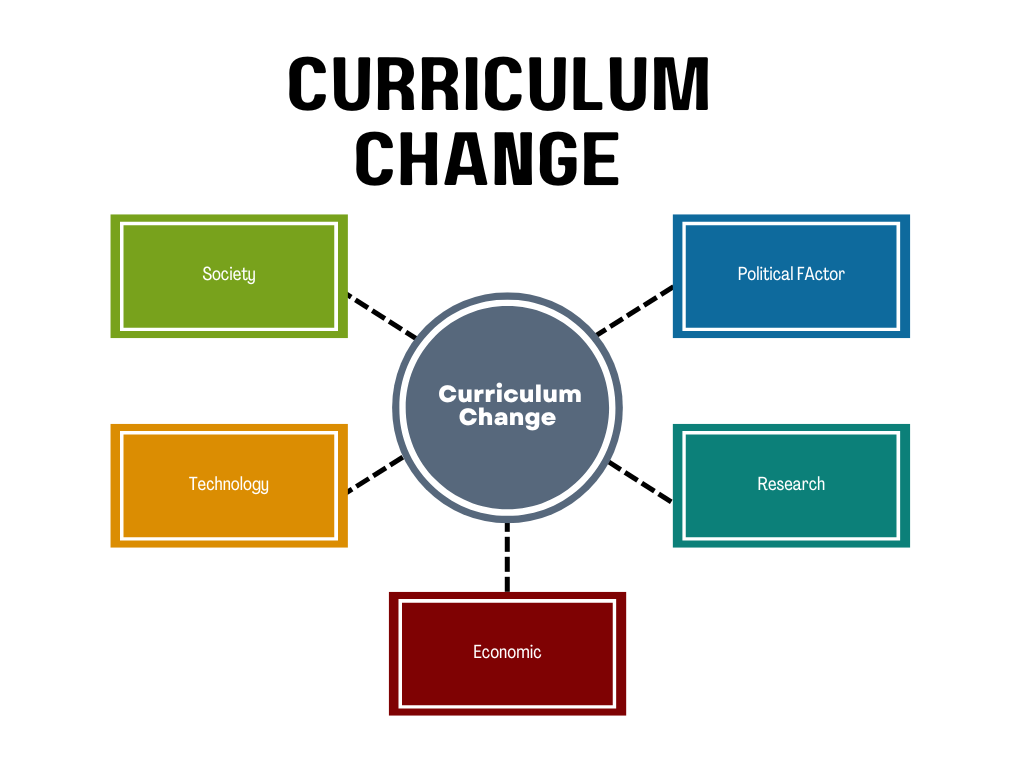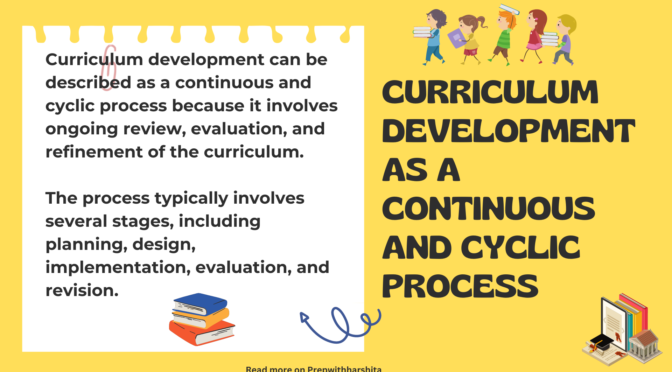Issues and trends in curriculum development refer to the challenges and changes that impact the creation, design, and implementation of educational curricula. Some of the current issues and trends in curriculum development include:
- Technology integration: As technology continues to advance, it is important to incorporate it into the curriculum to prepare students for the future job market.
- Inclusive education: The need to design curricula that are inclusive of all students, including those with disabilities and from diverse backgrounds, has become a growing trend in curriculum development.
- Personalized learning: The shift towards personalized learning, which allows students to tailor their learning experience to their individual needs and interests, is gaining momentum.
- Global education: Preparing students for a global society is another trend in curriculum development, which includes the incorporation of global issues, cultural awareness, and language learning.
- Social-emotional learning: The importance of addressing students’ social and emotional needs is increasingly being recognized, and curriculum developers are incorporating social-emotional learning into their curricula.
- Environmental education: The need to educate students about environmental issues and sustainable practices is also a growing trend in curriculum development.
- Career readiness: Preparing students for their future careers is a critical issue, and curricula are being developed with a focus on job skills, internships, and vocational training.
- Assessment and evaluation: Effective assessment and evaluation of student learning outcomes are crucial for ensuring that the curriculum is meeting its intended goals and objectives.
Also Visit: Prep with Harshita
Overall, the key issues and trends in curriculum development are focused on creating a more holistic and inclusive educational experience that prepares students for the challenges and opportunities of the future.


